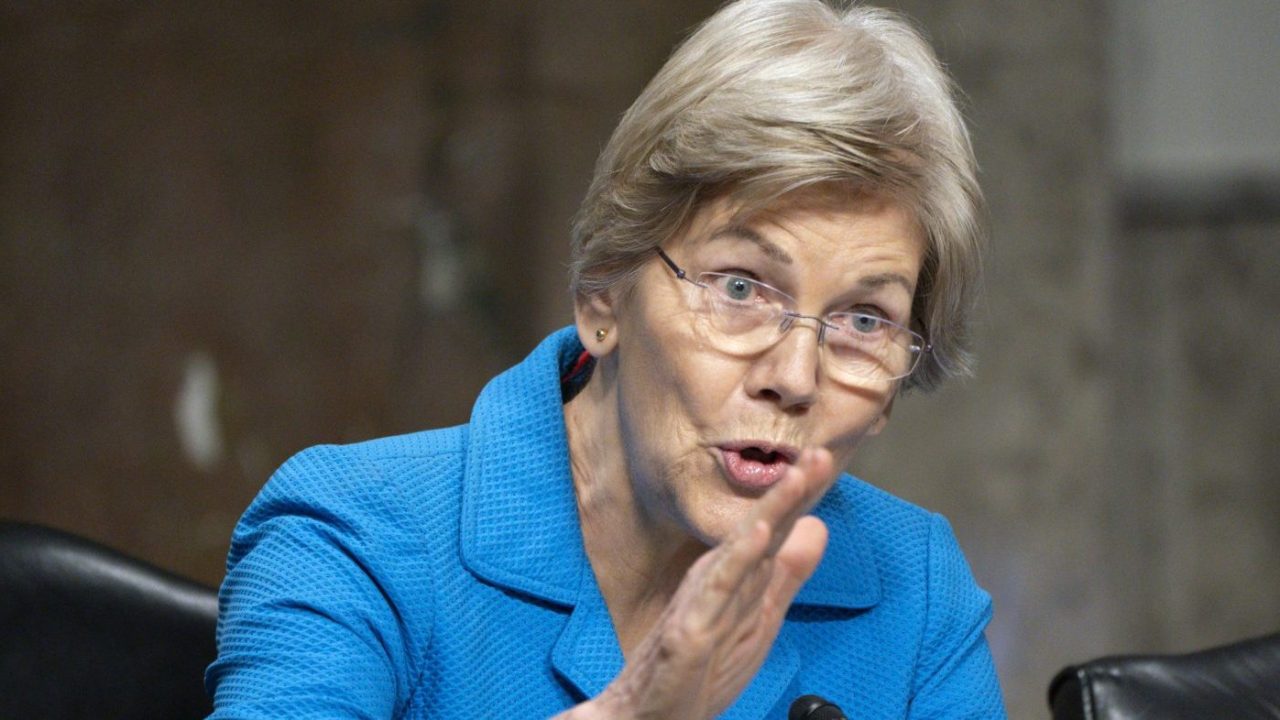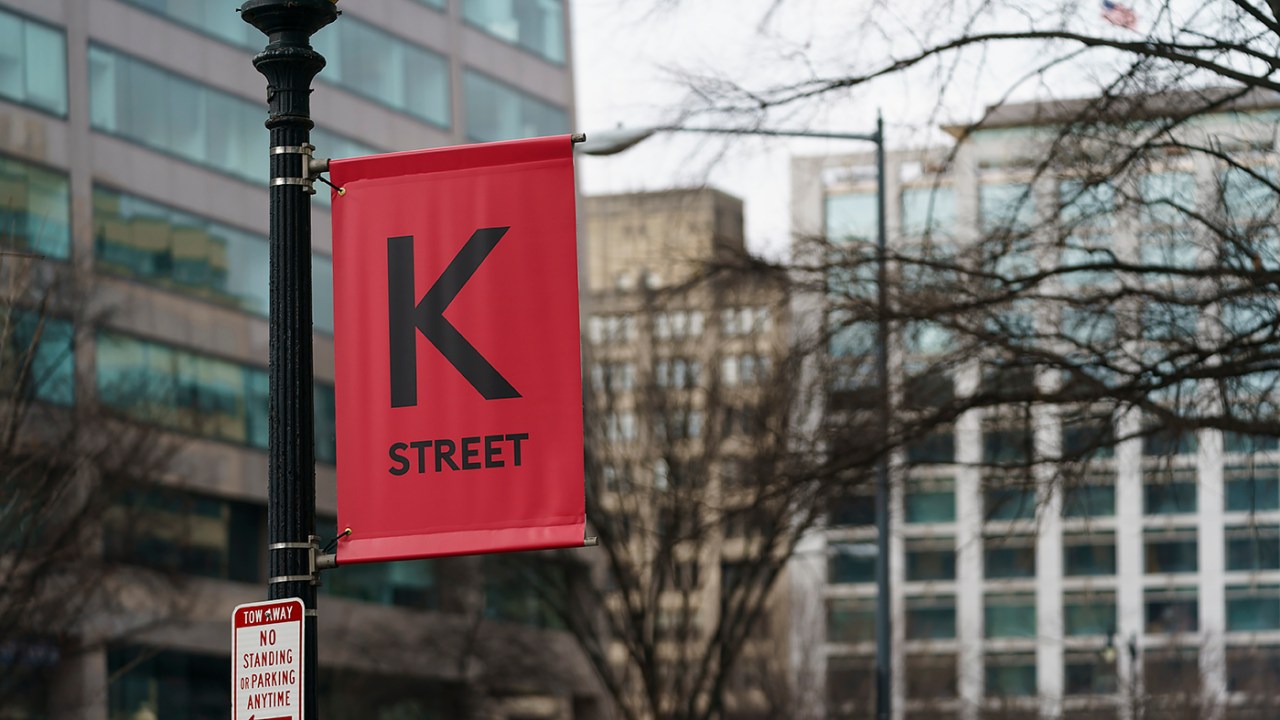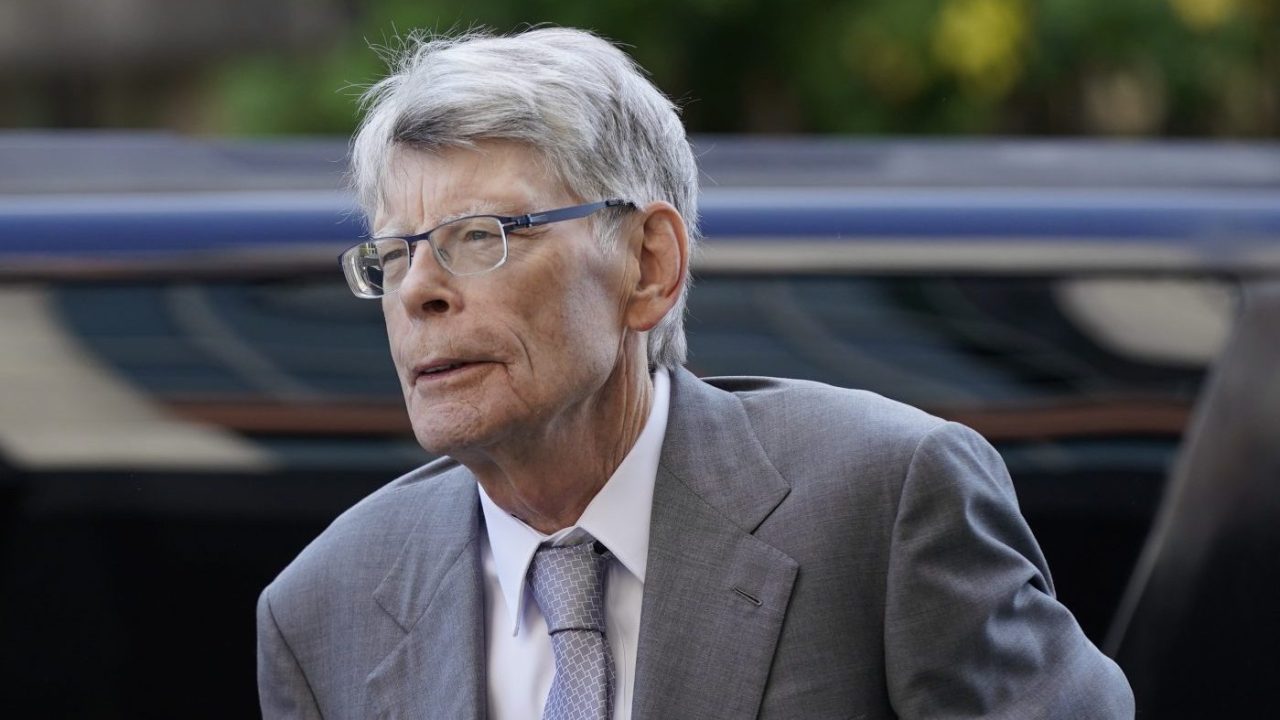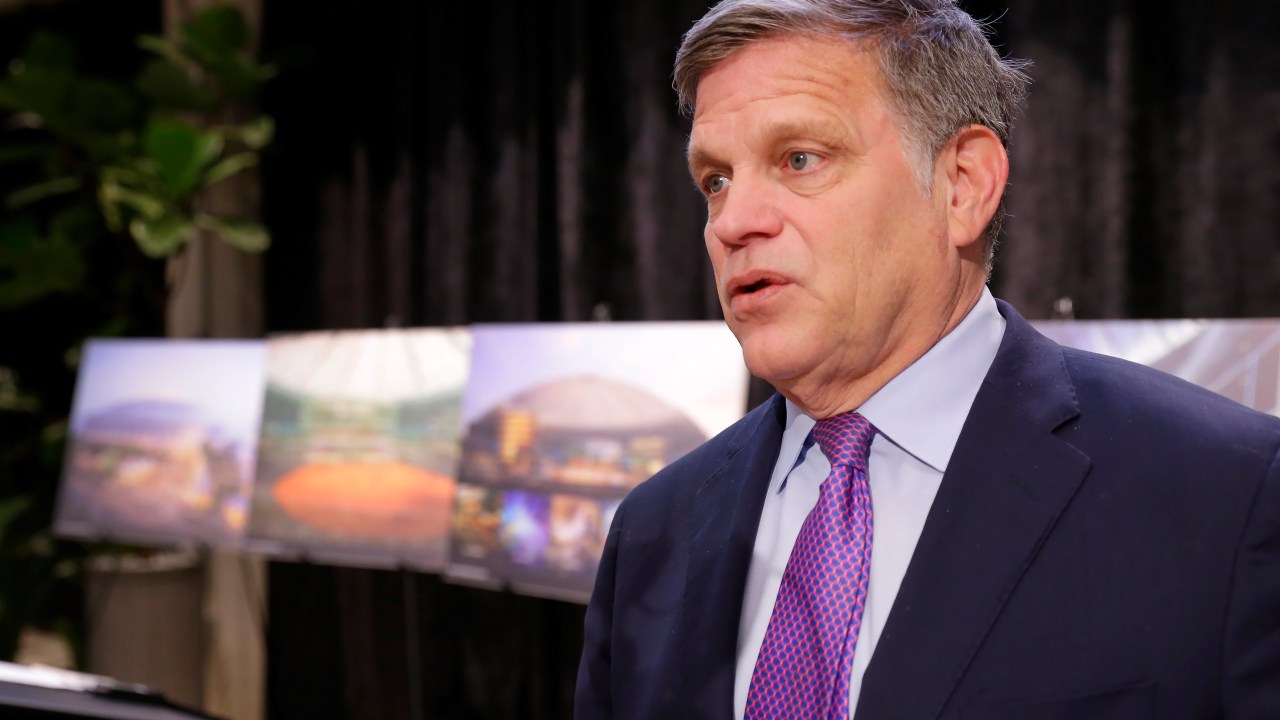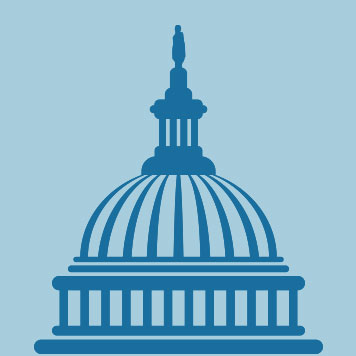The latest annual reading is slightly higher than the 2.4 percent increase expected by economists surveyed by the Wall Street Journal, who had expected the consumer price index (CPI) to rise by 0.2 percent last month.
The shelter index accounted for more than half of the overall monthly increase, rising 0.4 percent in October, according to the Labor Department. Shelter prices were up 4.9 percent year over year.
Eugenio Aleman, chief economist at Raymond James, also warned that “any surge in oil and gas prices could severely compromise the Fed’s inflation target.”
“Although inflation was in line with expectations in October, both month-on-month as well as year-over-year, it is clear that the Federal Reserve’s job is still unfinished and that markets are correct in repricing federal funds rate expectations going forward. Under this environment, it is only oil and gasoline prices that are keeping inflation contained,” Aleman said.
Inflation has eased significantly since it peaked at 9.1 percent year-over-year in June 2022, fueled by pandemic-era federal stimulus and an economic rebound that sent prices skyrocketing as suppliers struggled to meet demand.
While the central bank won’t yet declare victory, it did started cutting interest rates in September after hiking them to a two-decade high to try to bring down inflation.
After the central bank announced a second cut of 0.25 percentage points — following a 0.50-point cut in September — last week, Fed Chair Jerome Powell declined to “speculate” on the impact of President-elect Trump’s policy proposals on inflation, which economists expect could lead to higher inflation, deficits and interest rates.
The Hill’s Taylor Giorno has more here.






